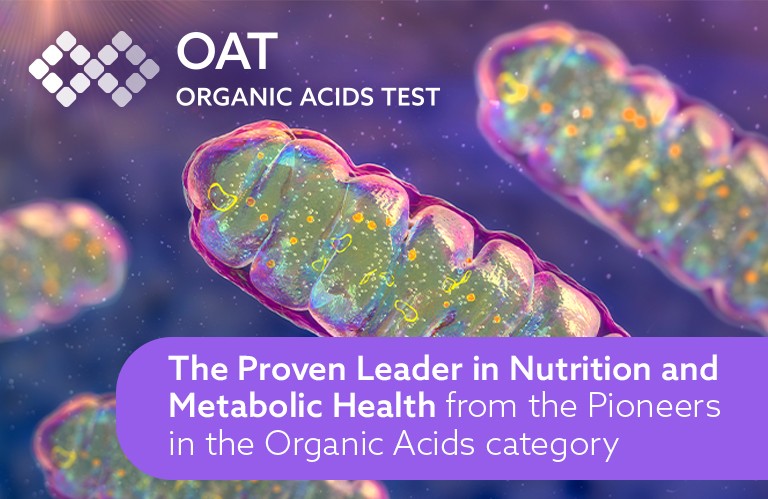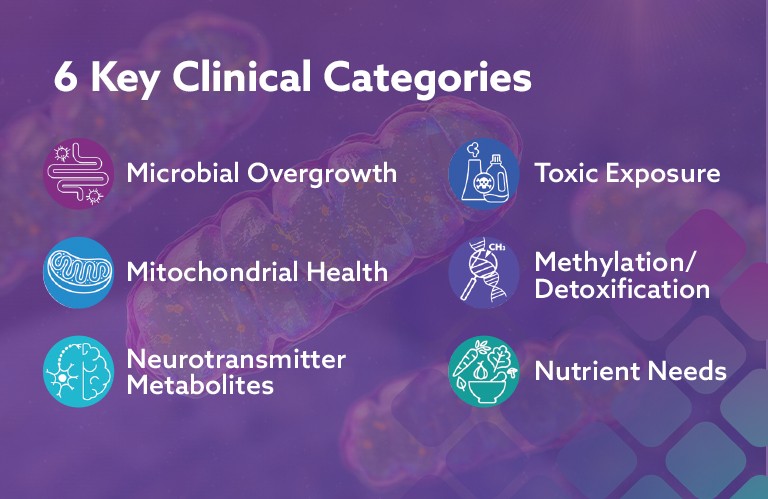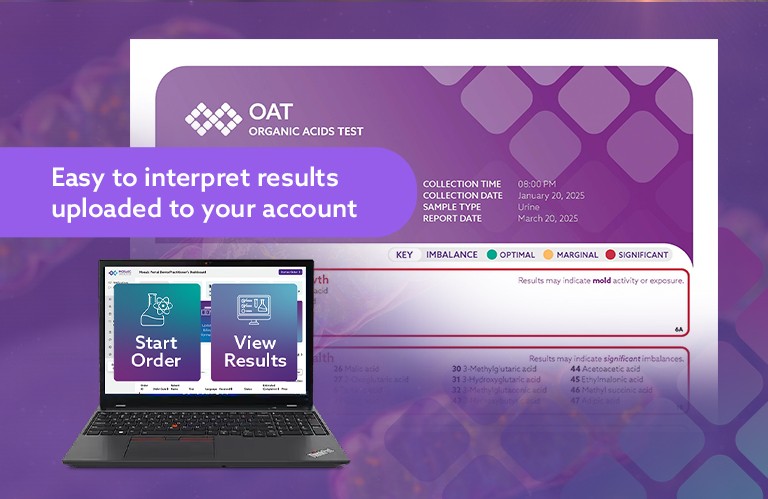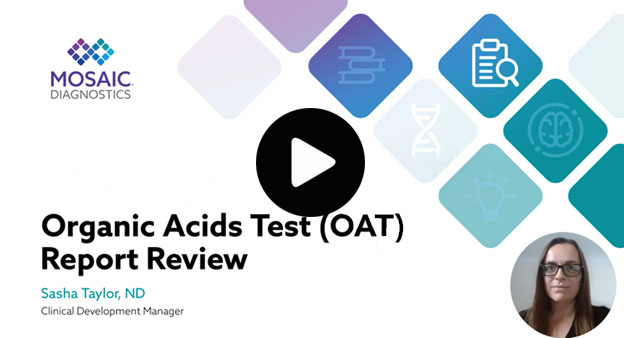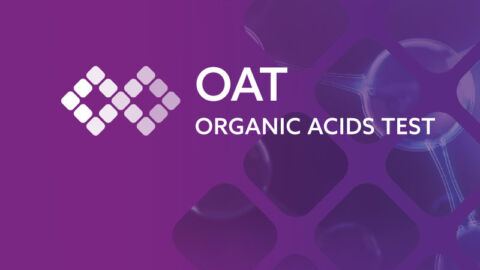The Organic Acids Test by Mosaic Diagnostics evaluates levels of oxalates in urine. Oxalate (and its acid form, oxalic acid), is an organic acid that is primarily derived from three sources: the diet, fungus (such as Aspergillus and Penicillium), possibly Candida, and also human metabolism. Oxalic acid is the most acidic organic acid in body fluids and is used commercially to remove rust from car radiators. Antifreeze (ethylene glycol) is toxic primarily because it is converted to oxalate in the body. Two different types of genetic diseases are known in which oxalates are high in the urine, hyperoxalurias type I and type II, which can also be determined from the Organic Acids Test.
Foods especially high in oxalates are often foods thought to be otherwise healthy, including spinach, beets, chocolate, peanuts, wheat bran, tea, cashews, pecans, almonds, berries, and many others. People now frequently consume “green smoothies” in an effort to eat “clean” and get healthy, however, they may actually be sabotaging their health. The most common components of green smoothies are spinach, kale, Swiss chard, and arugula, all of which are loaded with oxalates. These smoothies also often contain berries or almonds, which have high amounts of oxalates as well. Oxalates are not found in meat or fish at significant concentrations. Daily adult oxalate intake is usually 80-120 mg/d. A single green smoothie with two cups of spinach contains about 1,500 mg of oxalate, a potentially lethal dose.
High Oxalate Food List
Blackberries
Beans (baked, green, dried, kidney)
Leeks
Carambola
Beet greens
Olives
Concord grapes
Beet root
Parsley
Currents
Carrots
Peppers (chili and green)
Dewberries
Celery
Pokeweed
Elderberries
Chicory
Potatoes (baked, boiled, frieds)
Fruit cocktail
Dandelion greens
Spinach
Gooseberry
Eggplant
Summer squash
Kiwis
Escarole
Sweet potato
Lemon peel
Kale
Swiss chard
Fats, Nuts Seeds
Dairy
Misc.
Nuts
Chocolate milk
Chocolate
Dark or “robust” beer
Amaranth
Wheat bran
Black tea
Buckwheat
Wheat germ
Chocolate milk
Cereal (bran or high fiber)
Whole wheat bread
Cocoa
Crisp bread (rye or wheat)
Whole wheat flour
Instant coffee
Fruit cake
External sources of oxalates include ethylene glycol, the main component of antifreeze. Antifreeze is toxic mainly because of the oxalates formed from it. In addition, some foods also contain small amounts of ethylene glycol. Vitamin C (ascorbic acid or ascorbate) can be converted to oxalates but the biochemical conversion system is saturated at low levels of vitamin C so that no additional oxalate is formed until very large doses (greater than 4 g per day) are consumed. The high correlation between arabinose and oxalates indicate that intestinal yeast/fungal overgrowth is likely the main cause for elevated oxalates in the autistic spectrum population. The deposition of oxalates in critical tissues such as brain and blood vessels, the oxidative damage caused by oxalate salts, and the deposition of oxalate mercury complexes in the tissues.

